V2 with Meiller wagon and Hanomag tractor – unpainted
Description Unit 4 (A4) was the type designation of 1942 in the world first operational large rocket with liquid engine. It was conceived as a long-range ballistic artillery rocket and the first man-made object that broke through the space boundary - as de
Description
Unit 4 (A4) was the type designation of 1942 in the world first operational large rocket with liquid engine. It was conceived as a long-range ballistic artillery rocket and the first man-made object that broke through the space boundary – as defined by the Fdration Aronautique Internationale 100 kilometers – on June 20, 1944. From the middle of 1945, the A4 formed the basis of space development in the USA.
The ballistic ground-to-ground missile A4 was developed in the German Reich in the Army Research Institute Peenemnde (HVA) on Usedom from 1939 under the direction of Wernher von Braun and came in World War II from 1944 in large numbers for use. In addition to the aircraft-like Fieseler Fi 103, called V1, the Nazi propaganda also described the missile A4 as a war-winning “wonder weapon”. In October 1944, she was declared Propaganda Minister Joseph Goebbels’s retaliatory weapon 2, V2 for short. The starting units of Wehrmacht and SS simply called them “the device”.
The Meillerwagen was a German trailer vehicle in the Second World War. It was used to transport a V2 rocket (aggregate 4) from the technical troop area’s transhipment point to the starting point (“fuel level”). He also served as a supply vehicle during refueling and take-off preparation. A total of around 200 Meiller wagons are said to have been built, of which three have survived.
The SS 100 N is the successor of the Hanomag SS100 Gigant and was produced from 1938 to 1951. The model shows the variant with a double cabin (SS 100 LN). The six-cylinder engine had a power of 100 hp and the gearbox could be optionally delivered with a gear ratio for 35.40 or 45 km / h top speed. With a double cabin, the> 100s

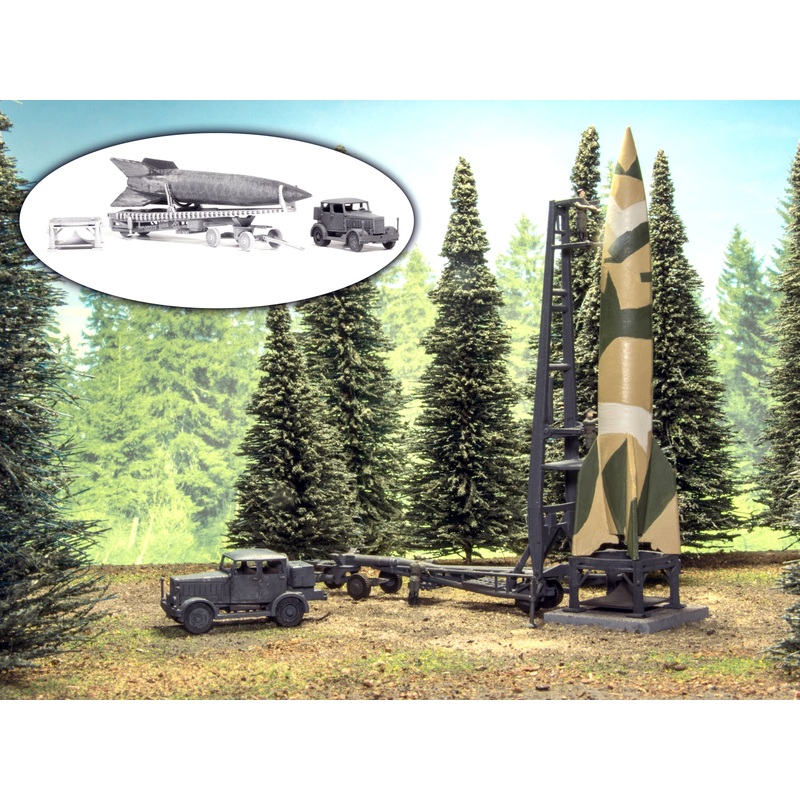
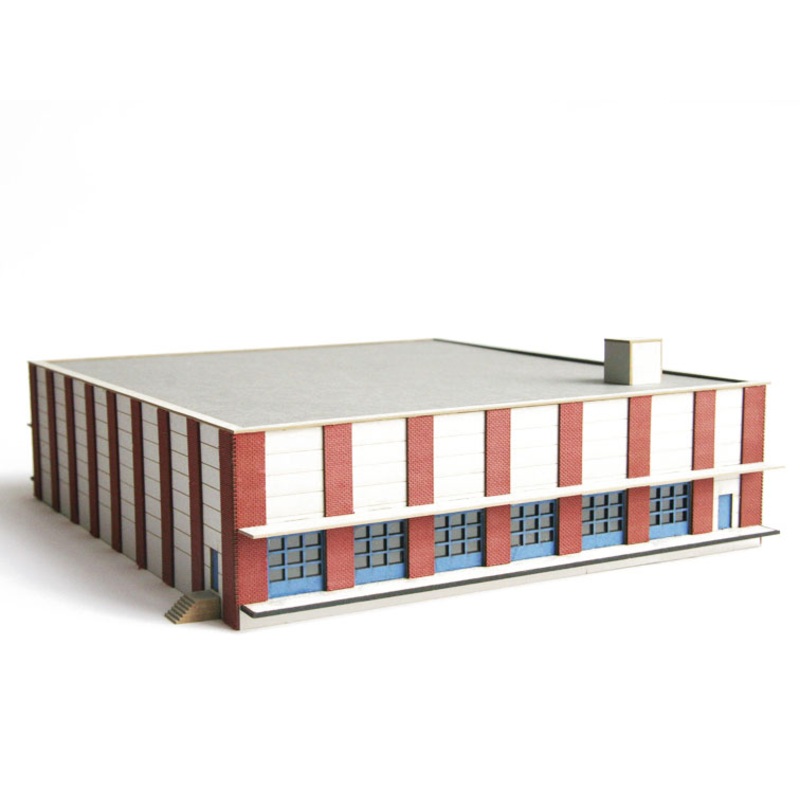
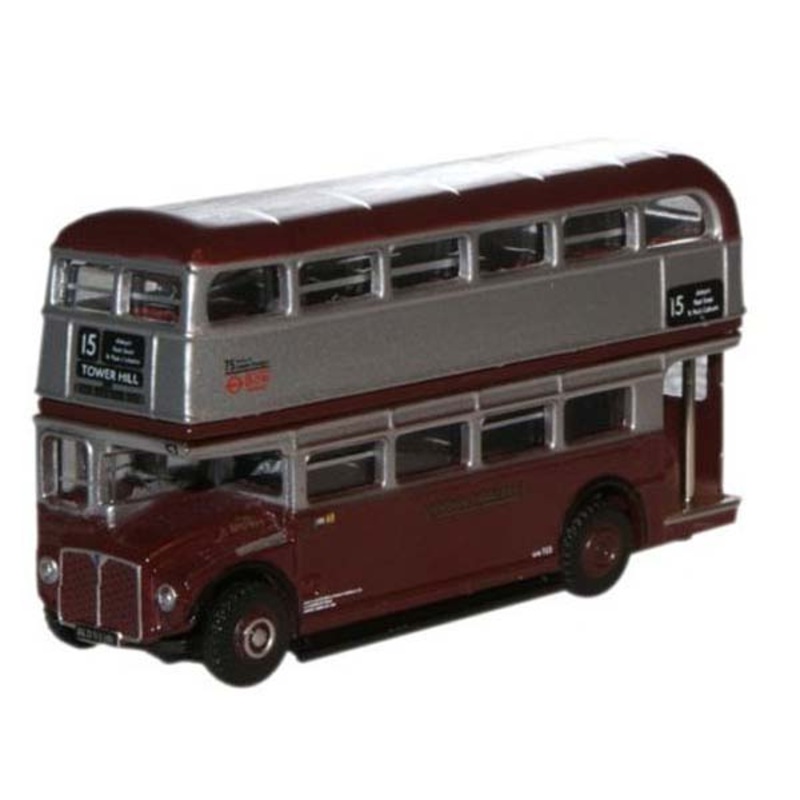
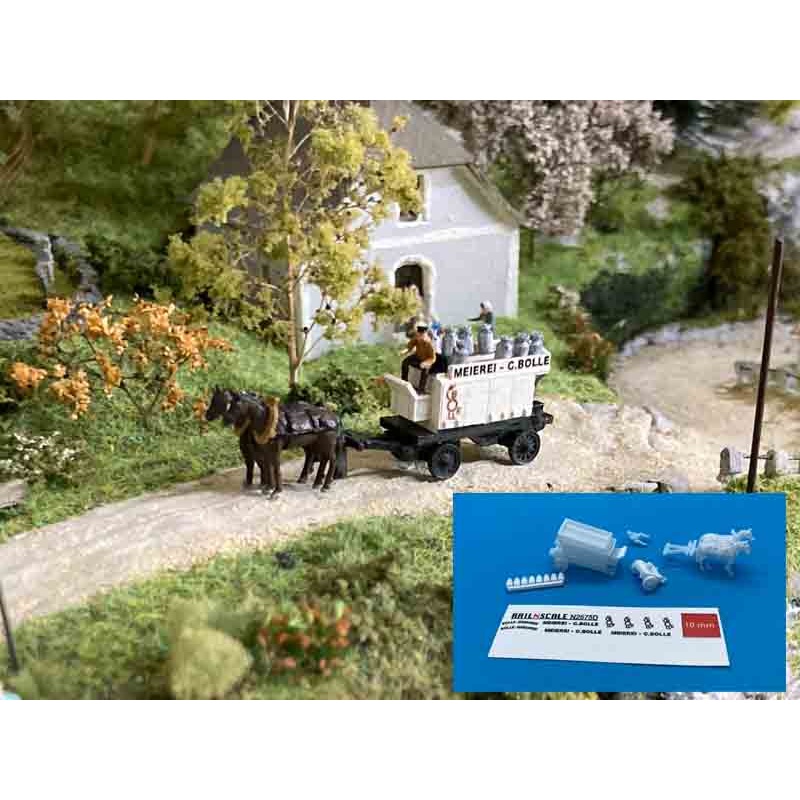
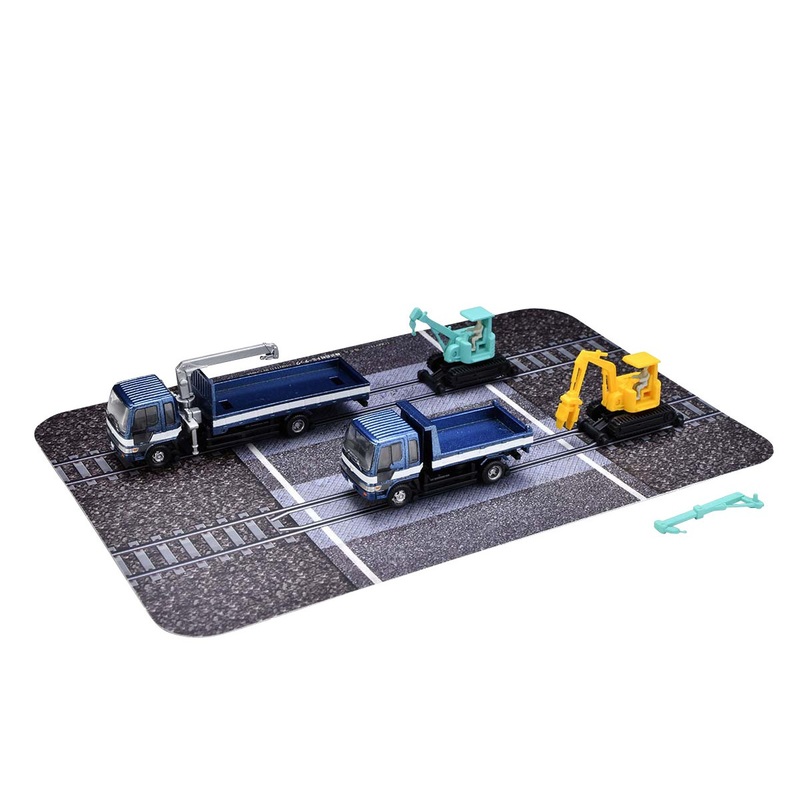
Reviews
There are no reviews yet.